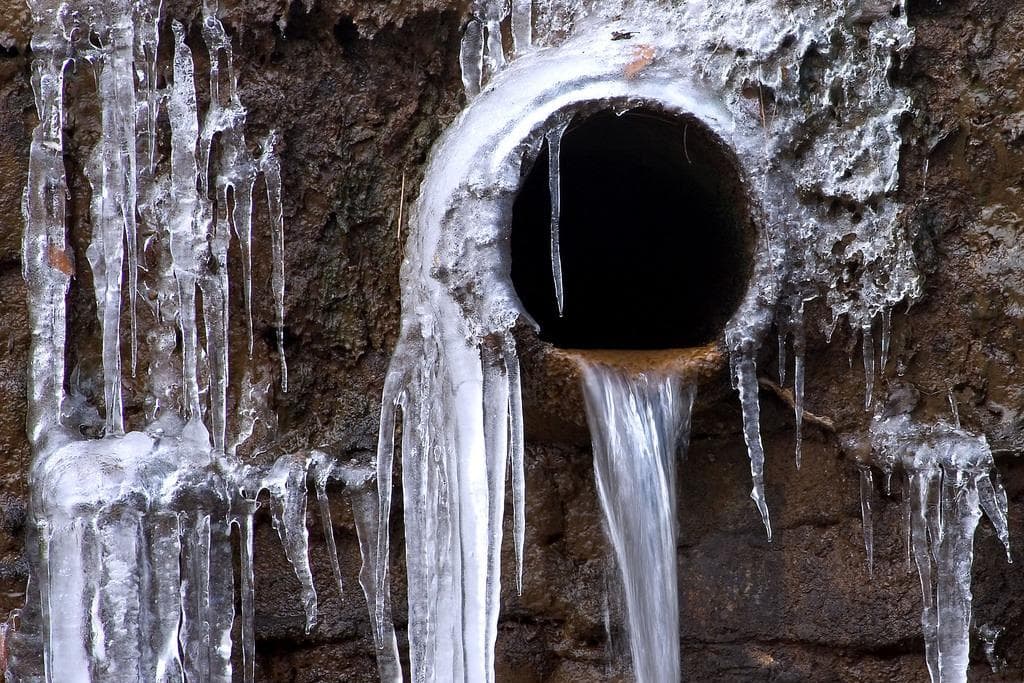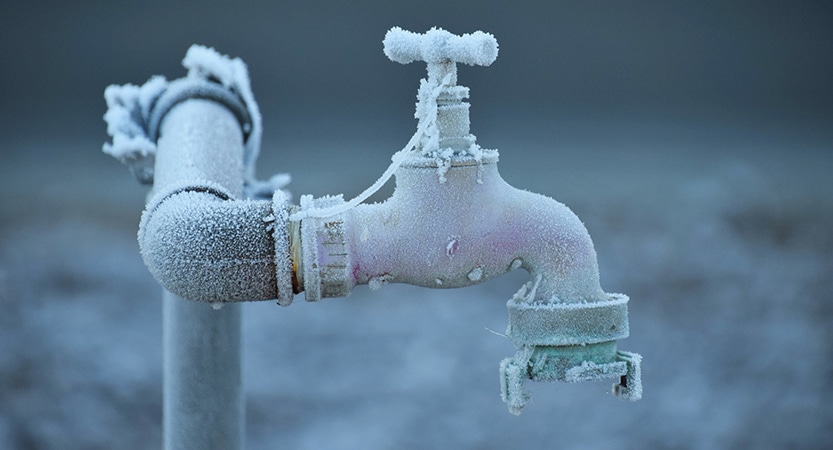Preventing Frozen Plumbing: Effective Strategies for Cold Weather
Preventing Frozen Plumbing: Effective Strategies for Cold Weather
Blog Article
We have found this great article on How To Avoid Freezing Pipes listed below on the net and thought it made sense to relate it with you on this page.

Cold weather can ruin your pipes, particularly by freezing pipes. Below's exactly how to avoid it from taking place and what to do if it does.
Intro
As temperature levels drop, the danger of icy pipes boosts, potentially causing expensive repairs and water damages. Understanding how to prevent frozen pipes is important for home owners in cool environments.
Understanding Frozen Pipes
What creates pipes to ice up?
Pipes ice up when revealed to temperature levels below 32 ° F (0 ° C) for prolonged durations. As water inside the pipelines ices up, it increases, taxing the pipe wall surfaces and potentially creating them to break.
Dangers and problems
Frozen pipes can result in water disruptions, home damages, and costly repair services. Ruptured pipelines can flooding homes and trigger extensive architectural damage.
Signs of Frozen Pipeline
Recognizing frozen pipes early can stop them from rupturing.
Exactly how to identify icy pipelines
Seek decreased water circulation from faucets, uncommon smells or noises from pipelines, and noticeable frost on subjected pipelines.
Prevention Tips
Shielding prone pipelines
Cover pipelines in insulation sleeves or use heat tape to shield them from freezing temperature levels. Focus on pipes in unheated or outside locations of the home.
Heating techniques
Keep indoor spaces sufficiently warmed, particularly locations with plumbing. Open cupboard doors to permit cozy air to distribute around pipelines under sinks.
Safeguarding Outdoor Pipes
Garden hose pipes and outside faucets
Detach and drain pipes yard hoses before winter months. Set up frost-proof spigots or cover outdoor taps with protected caps.
What to Do If Your Pipes Freeze
Immediate activities to take
If you think icy pipelines, keep faucets open up to alleviate pressure as the ice melts. Make use of a hairdryer or towels taken in warm water to thaw pipelines slowly.
Long-Term Solutions
Architectural changes
Consider rerouting pipes far from exterior walls or unheated areas. Add extra insulation to attic rooms, cellars, and crawl spaces.
Updating insulation
Purchase high-quality insulation for pipes, attic rooms, and walls. Proper insulation aids keep regular temperatures and decreases the danger of frozen pipes.
Verdict
Preventing frozen pipelines calls for aggressive steps and fast responses. By understanding the causes, indications, and preventive measures, home owners can secure their pipes during winter.
5 Ways to Prevent Frozen Pipes
Drain Outdoor Faucets and Disconnect Hoses
First, close the shut-off valve that controls the flow of water in the pipe to your outdoor faucet. Then, head outside to disconnect and drain your hose and open the outdoor faucet to allow the water to completely drain out of the line. Turn off the faucet when done. Finally, head back to the shut-off valve and drain the remaining water inside the pipe into a bucket or container. Additionally, if you have a home irrigation system, you should consider hiring an expert to clear the system of water each year.
Insulate Pipes
One of the best and most cost-effective methods for preventing frozen water pipes is to wrap your pipes with insulation. This is especially important for areas in your home that aren’t exposed to heat, such as an attic. We suggest using foam sleeves, which can typically be found at your local hardware store.
Keep Heat Running at 65
Your pipes are located inside your walls, and the temperature there is much colder than the rest of the house. To prevent your pipes from freezing, The Insurance Information Institute suggests that you keep your home heated to at least 65 degrees, even when traveling. You may want to invest in smart devices that can keep an eye on the temperature in your home while you’re away.
Leave Water Dripping
Moving water — even a small trickle — can prevent ice from forming inside your pipes. When freezing temps are imminent, start a drip of water from all faucets that serve exposed pipes. Leaving a few faucets running will also help relieve pressure inside the pipes and help prevent a rupture if the water inside freezes.
Open Cupboard Doors
Warm your kitchen and bathroom pipes by opening cupboards and vanities. You should also leave your interior doors ajar to help warm air circulate evenly throughout your home.

We were shown that write-up about Helpful Tips to Prevent Frozen Pipes this Winter through someone on another web property. Appreciated our piece of writing? Please share it. Let others discover it. Thanks a lot for your time spent reading it.
Order Repair Report this page